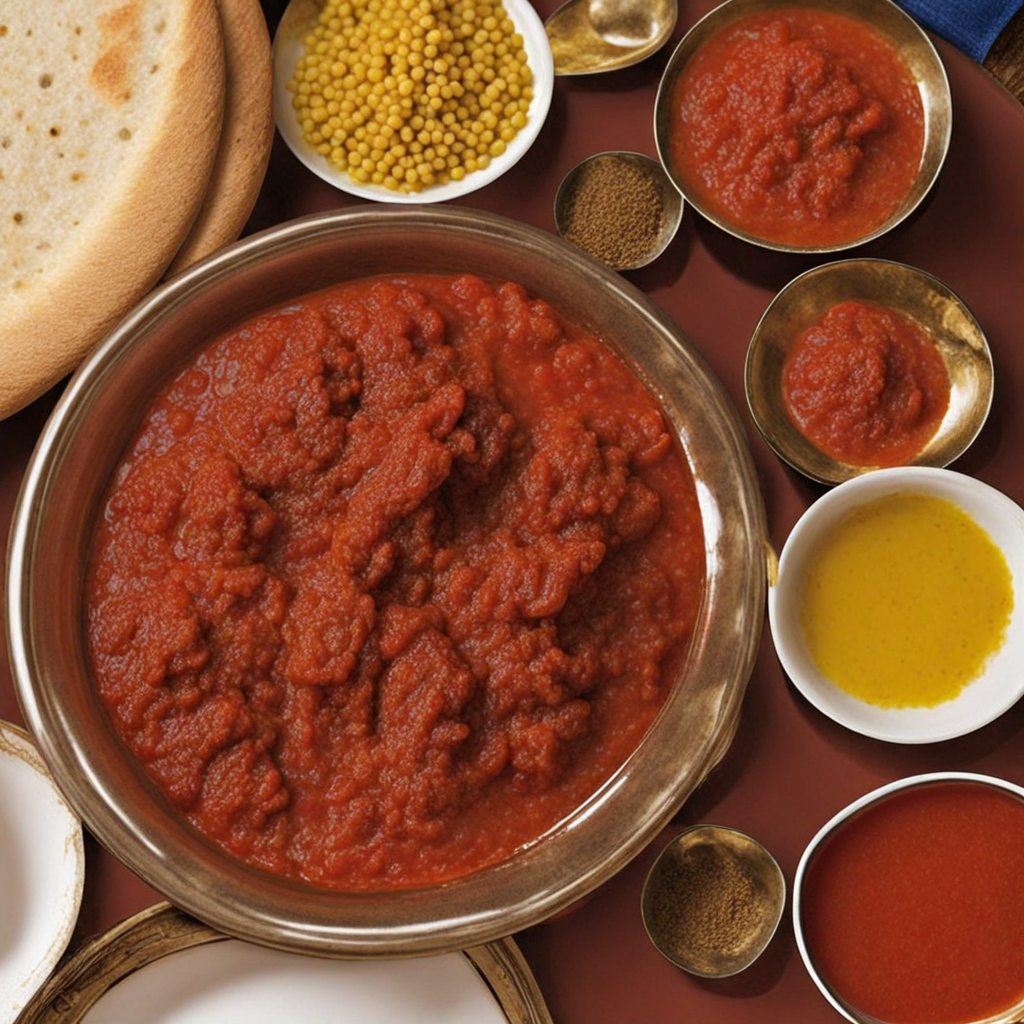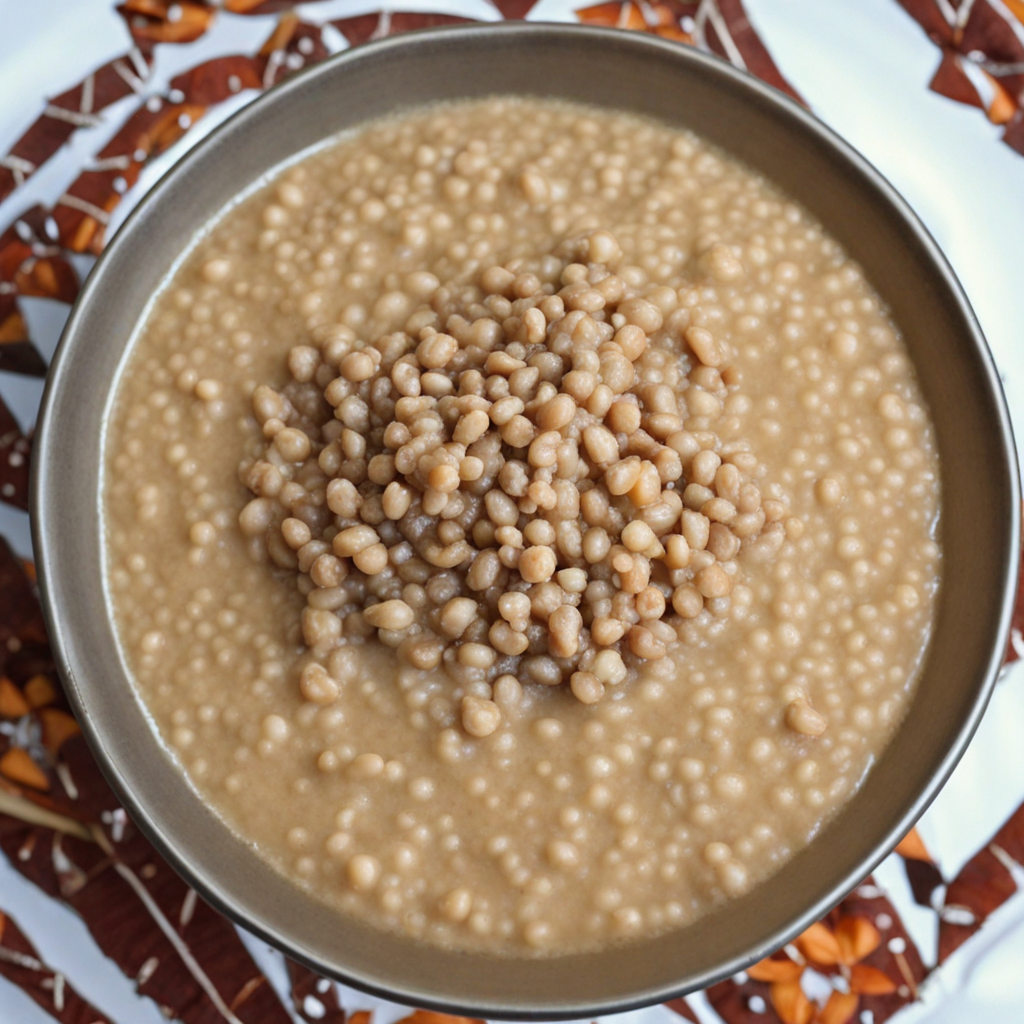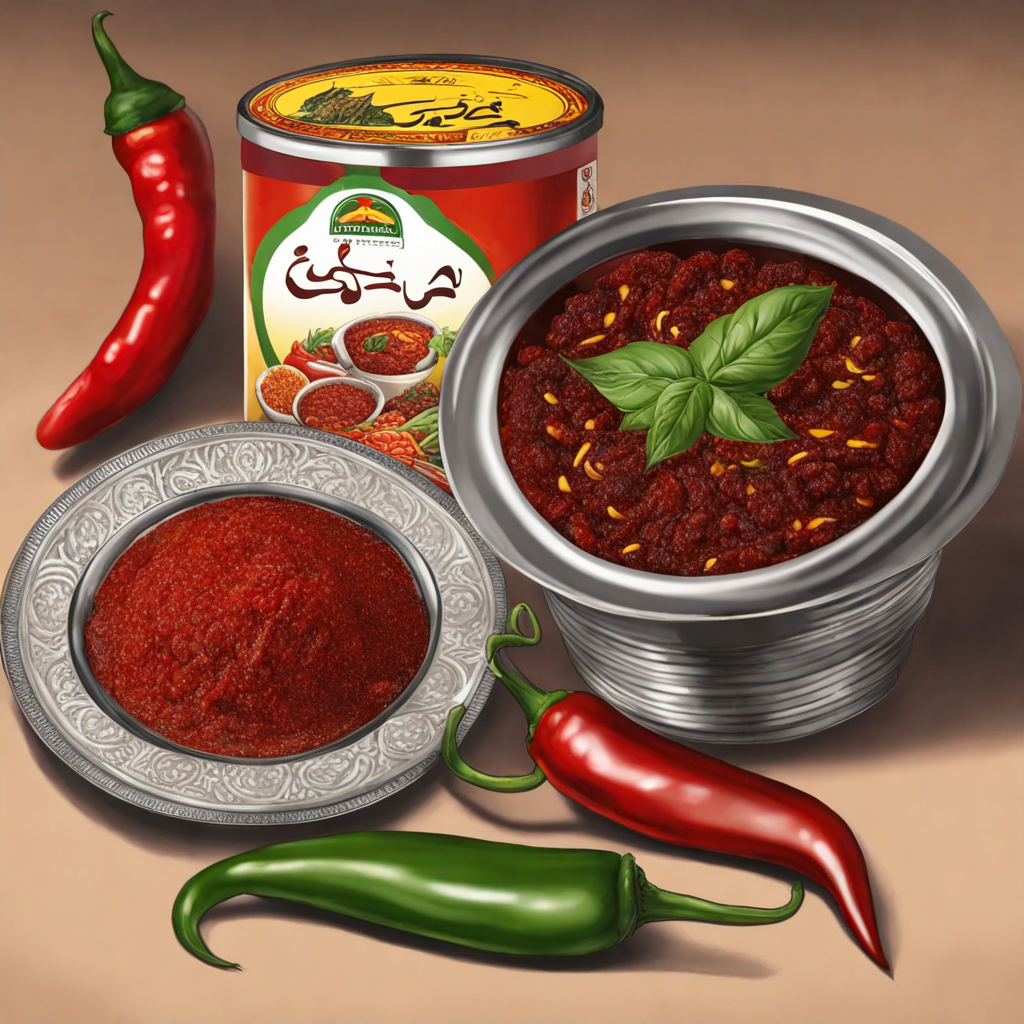Marara
Marara is a delightful Sudanese dish that showcases the rich and diverse flavors of the region. This traditional food is primarily made from leafy greens, often featuring a blend of indigenous vegetables such as jute leaves or sorrel, which are known for their slightly tangy and earthy taste. The greens are typically cooked until tender, allowing their vibrant flavors to meld beautifully with spices like cumin, coriander, and garlic, creating a savory experience that is both comforting and invigorating. The addition of local spices and herbs elevates the dish, providing a unique taste that is emblematic of Sudan's culinary heritage. In its preparation, Marara often involves simmering the greens in a pot with water and seasonings, allowing the flavors to deepen and infuse into the dish. Some variations may include the addition of meat, such as chicken or lamb, which adds richness and depth to the overall flavor profile. The dish is generally served with a side of staple carbohydrates like rice or kisra (a type of flatbread made from sorghum), allowing diners to savor the delicious sauce and greens while balancing the meal with a filling base. One of the most delightful aspects of Marara is its versatility— it can be tailored to suit different palates and preferences, making it a beloved choice among locals and visitors alike. The vibrant colors of the cooked greens, combined with the aromatic spices, create a dish that is not only satisfying to the taste buds but also visually appealing. For those looking to explore Sudanese cuisine, Marara offers a unique and authentic taste of the country's rich culinary traditions, inviting anyone to enjoy its wholesome flavors and nourishing ingredients.
How It Became This Dish
The History of مرارة (Marara) in Sudanese Cuisine #### Origins of مرارة مرارة, commonly known as Marara, is a traditional Sudanese dish that has roots deeply embedded in the country’s rich culinary heritage. Its name, derived from the Arabic word for 'bitter,' reflects the distinct flavor profile that characterizes this dish, primarily attributed to the use of wild leafy greens known as ‘marara’ in Sudanese Arabic. The exact origins of Marara can be traced back to the indigenous communities of Sudan, particularly among the agricultural populations residing along the banks of the Nile River. Historically, Sudan's geography played a crucial role in shaping its food culture. The fertile land along the Nile allowed for the cultivation of various crops and the gathering of wild greens. Marara, made from the leaves of the Amaranth plant or other local wild greens, showcases the resourcefulness of Sudanese people in utilizing what nature provides. This dish epitomizes the Sudanese principle of ‘waste not, want not,’ as it transforms humble, often overlooked ingredients into a culinary delight. #### Cultural Significance Marara is more than just a dish; it is a symbol of Sudanese identity and resilience. In Sudan, food is a vital element of cultural expression, often intertwined with social rituals and community gatherings. Marara is typically prepared during significant occasions, such as weddings, festivals, and communal feasts. The preparation of the dish is often a communal activity, bringing families and friends together, reinforcing social bonds, and fostering a sense of community. In many Sudanese households, Marara is associated with the values of sharing and hospitality. It is common for families to prepare large pots of Marara to offer to neighbors and friends, reflecting the Sudanese tradition of generosity. The dish is often served with staples like bread or alongside stews, making it a central part of the Sudanese dining experience. The bitterness of Marara is complemented by the other flavors present in the meal, creating a complex and satisfying taste profile that is cherished by many. Beyond its social implications, Marara also holds nutritional significance. The wild greens used in the dish are rich in vitamins and minerals, providing essential nutrients to the diet of many Sudanese people, particularly in rural areas where access to a diverse range of food may be limited. This aspect of Marara highlights the importance of traditional food systems in promoting health and well-being within communities. #### Development Over Time As Sudan has experienced significant changes over the years, so too has the preparation and consumption of Marara. The dish has evolved, influenced by various factors, including migration, globalization, and the changing agricultural landscape. For instance, urbanization has led to a fusion of traditional practices with modern culinary trends. In cities, chefs and home cooks alike have begun experimenting with Marara, incorporating it into contemporary dishes and presenting it in new and innovative ways. In rural areas, however, traditional methods of preparation remain largely unchanged. The process of harvesting wild greens is still a communal activity, often carried out by women and children, who gather in fields to collect the freshest leaves. This practice not only helps to preserve traditional knowledge but also supports local ecosystems and promotes sustainable foraging practices. The introduction of commercial farming and agricultural innovations has also impacted the availability of Marara. While the urban market has seen an influx of imported greens and vegetables, the demand for traditional foods has sparked a renewed interest in local varieties. This has encouraged farmers to cultivate traditional crops, including the Amaranth plant, thereby ensuring the continued availability of the ingredients necessary for Marara. Moreover, globalization has led to a greater exchange of culinary ideas across borders. In recent years, Sudanese diaspora communities have begun to share their culinary heritage with the world, introducing dishes like Marara to a broader audience. This exposure has led to a revival of interest in traditional Sudanese cuisine, with chefs and food enthusiasts exploring the unique flavors and ingredients that define the region. Social media platforms have played a significant role in this culinary renaissance, allowing Sudanese recipes to gain visibility and appreciation beyond their geographical origins. #### Modern Interpretations In contemporary Sudanese cuisine, Marara has found its place in various dining contexts. It can be found in traditional homes, bustling markets, and even upscale restaurants that seek to celebrate and elevate Sudanese culinary heritage. Chefs are experimenting with Marara by pairing it with international flavors, creating fusion dishes that appeal to both local and global palates. For example, Marara may be served as a side dish alongside grilled meats or incorporated into salads, showcasing its versatility. In addition, the rise of health consciousness among consumers has contributed to a renewed interest in Marara. As more people seek out nutrient-dense foods, the health benefits of the wild greens used in Marara have garnered attention. This has encouraged a wider audience to appreciate not only the taste of Marara but also its role in promoting a balanced and wholesome diet. #### Conclusion Marara is a dish that embodies the essence of Sudanese culture, history, and resilience. Its origins are deeply rooted in the agricultural practices of Sudan, and its preparation is steeped in social significance. As the world continues to change, Marara has adapted while remaining a cherished part of Sudanese culinary heritage. Whether enjoyed in a traditional setting or reimagined in a modern context, Marara stands as a testament to the enduring power of food to connect people, preserve traditions, and nourish both body and spirit. In this way, Marara is not just a meal but a narrative—a delicious chapter in the ongoing story of Sudanese identity and community.
You may like
Discover local flavors from Sudan







